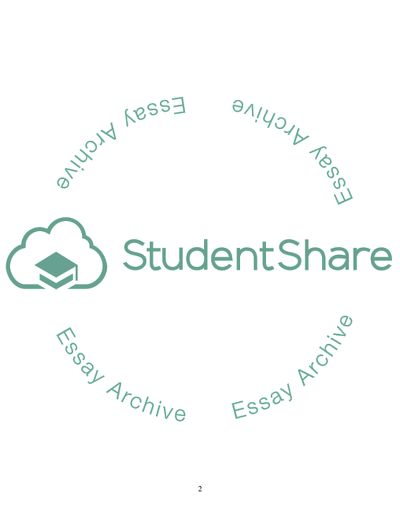Cite this document
(“HRM AND TRANSFORMATION Essay Example | Topics and Well Written Essays - 2500 words - 1”, n.d.)
Retrieved from https://studentshare.org/miscellaneous/1539704-hrm-and-transformation
Retrieved from https://studentshare.org/miscellaneous/1539704-hrm-and-transformation
(HRM AND TRANSFORMATION Essay Example | Topics and Well Written Essays - 2500 Words - 1)
https://studentshare.org/miscellaneous/1539704-hrm-and-transformation.
https://studentshare.org/miscellaneous/1539704-hrm-and-transformation.
“HRM AND TRANSFORMATION Essay Example | Topics and Well Written Essays - 2500 Words - 1”, n.d. https://studentshare.org/miscellaneous/1539704-hrm-and-transformation.


